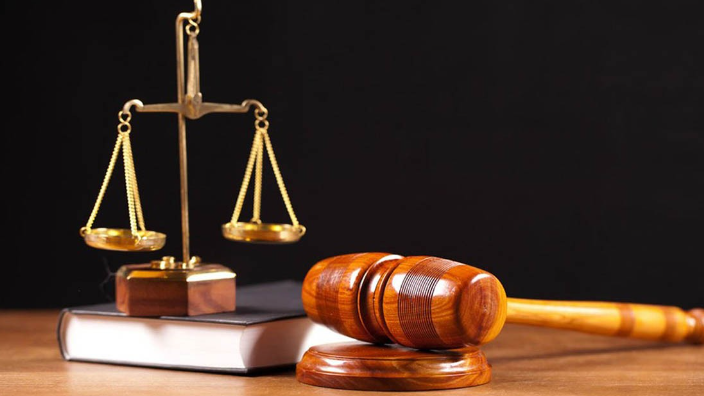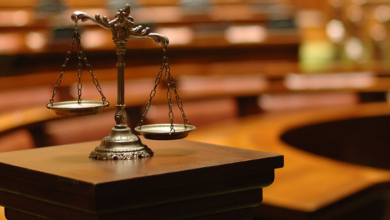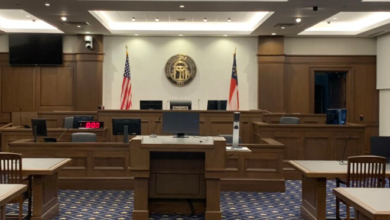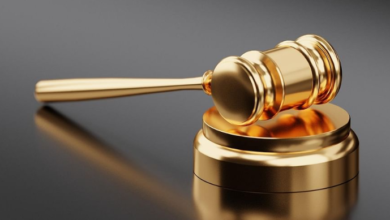Article 1 Constitution We The People Vector Free

The Article 1 of the U.S. Constitution provides a window into the heart of American governance. It establishes Congress as the legislative branch, responsible for making laws that impact every citizen.
The article is divided into sections outlining how Congress operates and its essential functions. The framers sought to create a system where representatives would voice the concerns of their constituents while ensuring checks and balances among branches.
This structure was revolutionary at its time, envisioning a government accountable to the people rather than one ruled by monarchy or tyranny. Each clause in Article 1 reflects careful consideration about power distribution and representation.
By embedding principles like bicameralism—dividing Congress into two houses—the founders aimed to balance interests across diverse states. This foundational work continues influencing modern legislation and political discourse today, showcasing its enduring relevance in our society.
The Purpose and Importance of the First Article
The First Article of the U.S. Constitution serves as a cornerstone for American governance. It outlines the legislative branch, illustrating how laws are crafted and enacted.
This article is crucial because it embodies the will of “We the People.” By establishing Congress, it ensures that citizens have representation in decision-making processes.
Moreover, Article 1 reflects democratic ideals by distributing power between two houses: the Senate and House of Representatives. This structure promotes balance and prevents tyranny.
Additionally, it sets forth specific powers granted to Congress, including taxation and regulation of commerce. These duties empower elected officials to respond effectively to societal needs.
Understanding this framework highlights its significance in maintaining order and promoting justice within society. The principles enshrined in Article 1 continue to shape American democracy today.
The Powers Granted to Congress in Article 1
Article 1 of the U.S. Constitution is pivotal in defining congressional powers. It establishes Congress as a bicameral legislature, consisting of the House of Representatives and the Senate.
The enumerated powers granted to Congress include taxation, regulation of commerce, and declaration of war. These responsibilities ensure that elected officials can address national issues effectively.
Congress also holds the power to create laws necessary for carrying out these functions. This flexibility allows lawmakers to adapt to changing circumstances over time.
Additionally, Article 1 empowers Congress with oversight capabilities over other branches of government. Through investigations and hearings, representatives can hold executives accountable.
By granting such authority, Article 1 lays down a framework that defines American governance while ensuring democracy remains responsive to its citizens’ needs.
The Structure of Congress: House of Representatives and Senate
The U.S. Congress is a bicameral legislature, meaning it has two distinct chambers: the House of Representatives and the Senate. Each chamber plays a vital role in shaping federal laws.
The House of Representatives consists of 435 members, with representation based on each state’s population. This structure ensures that larger states have more influence in legislative decisions. Members serve two-year terms, making them highly responsive to their constituents’ needs.
On the other hand, the Senate has 100 members, with each state represented by two senators regardless of size or population. Senators serve six-year terms, allowing for greater stability and continuity within this chamber.
These differences create a dynamic where both houses must cooperate yet can challenge one another’s proposals. Together, they form a complex system designed to balance power and reflect diverse interests across the nation while fostering robust debate on critical issues.
How Laws are Made in Congress
Laws in Congress are born from ideas. These ideas can come from anyone, including citizens, lobbyists, or lawmakers themselves. Once an idea is identified, a member of Congress introduces it as a bill.
The journey begins with a committee review. Committees specialize in various topics and scrutinize the proposed legislation for merit and feasibility. They may hold hearings to gather more information before voting on whether to send the bill to the full chamber.
If approved by the committee, the bill goes to debate on the floor of either the House or Senate. Members discuss its merits and suggest amendments that could enhance or modify its content.
Further votes ensue until both chambers agree on identical language. If they pass it, it’s sent to the President for approval or veto—an essential step ensuring checks and balances within our democracy.
Amendments to the Constitution: A Changing Landscape for Article 1
The amendments to the U.S. The Constitution serves as a reflection of evolving societal values and norms. Article 1 has undergone significant changes through these amendments, shaping legislative powers over time.
For example, the 17th Amendment transformed how senators are elected. Originally chosen by state legislatures, they now face direct election by voters. This shift increased accountability and connected citizens more closely with their representatives.
Additionally, various amendments have expanded or restricted congressional powers in response to political needs. The flexibility of Article 1 allows Congress to adapt its role within the government effectively.
These changes highlight an ongoing conversation about representation and governance in America. As society progresses, so too does the interpretation and application of Article 1’s provisions through new amendments.
Impact of Article 1 on American Democracy
Article 1 of the U.S. Constitution is a cornerstone of American democracy. It establishes Congress as the legislative branch, ensuring that laws reflect the will of the people.
This framework empowers citizens, allowing them to elect representatives who voice their concerns and interests in government. The structure promotes accountability, as elected officials must answer to their constituents.
Moreover, Article 1’s system of checks and balances prevents any one branch from gaining too much power. This dynamic fosters healthy debate and deliberation on issues that matter most to society.
The amendments linked to this article also illustrate its adaptability over time. As values shift within the nation, so too can Congress respond through legislation that addresses contemporary challenges.
Thus, Article 1 continues to shape not just governance but also civic participation in America today. Its impact reaches beyond mere laws; it influences how democracy thrives at every level.
Conclusion
The First Article of the U.S. Constitution serves as a cornerstone for American democracy. It defines the structure and powers of Congress, ensuring that the voice of the people is represented through their elected officials. By understanding its intricacies, we gain insight into how laws are crafted and how our government operates.
Engaging with these concepts helps us appreciate our rights as citizens in this grand experiment called America. Whether you’re looking to understand more or simply want to explore resources like “article 1 constitution we the people vector free,” each element plays a role in shaping our nation’s identity and future path forward.


